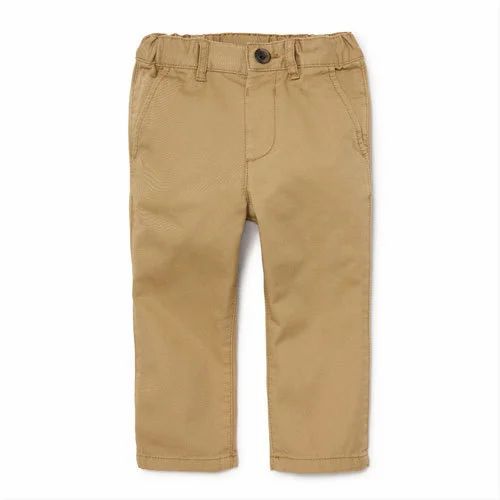Boy pant sizes: Shirts, Pants, US, UK, EU
Posted onShirts, Pants, US, UK, EU
Boys’ Apparel
Girls’ Apparel
Boys’ Shoes
Girls’ Shoes
Shopping for kids clothes can be a real nightmare. Kids grow up fast, and it gets really hard trying to monitor their current kids clothes size because they keep on changing. It also doesn’t help that there is no required universal children’s clothing size guide that all clothing manufacturers and retailers must follow. To have a fighting chance against this huge predicament, this site provides a helpful guide to finding the right fit for the most common types of kids’ clothes.
Kids Sizes at a Glance
- When it comes to finding the right fit, it’s far better to take your child’s height and weight into consideration than just simply relying on age. However, the best way is to take accurate measurements of your kid’s body using a cloth measuring tape. You may then refer to a size chart to know the corresponding clothing size to your child’s measurements.
- American sizes, along with British and Australian clothing sizes, are traditionally based on age. The rest of Europe, on the other hand, have sizing guides based on height.
- International size conversions are merely approximations as apparel companies tend to make clothes based on their own version of standard sizing.
- In the United States, clothes for toddlers and small children use age to name different size classifications. The sizes are typically based on the weight and height of the child but specific measurements for the chest, waist, and hip are also provided.
- For older kids, the size guide for males is different from the one used for females.
- Check out our Mexican Kids Sizes, Asian Kids Sizes and European Kids Sizes guides.
- Shoe Sizes for Kids can be found here.
U.S. Children’s Clothing Sizes
In the United States, clothes for toddlers and small children use the age to name different size classifications. The clothing sizes are typically determined by the height and weight of the child but specific measurements for the chest, waist, and hips are also provided.
Shop Fashion Deals at Amazon.com [AD]
Toddlers & Small Kids Sizing Chart
The chart below provides an overview to US sizes for young children, boys and girls. The clothing sizes are determined by weight in pounds and height in inches. The “T” found next to size numbers stands for “Toddler.” For this age group, the size guide for boys and girls is the same because children have yet to develop masculine or feminine body shapes at this point in their lives.6 Sizes only start to separate by gender after size 6X.
| Size | Height | Weight (lbs) |
|---|---|---|
| Preemie | Up to 17 | Up to 5 |
| Newborn | 17-1/2 — 21 | 5-1/2 — 7-1/2 |
| 0 — 3M | 20-1/2 — 23 | 6-1/2 — 12 |
| 3 — 6M | 23-1/2 — 26 | 12-1/2 — 16 |
| 6 — 9M | 26-1/2 — 27-1/2 | 16-1/2 — 19 |
| 12 Month | 28 — 29-1/2 | 19-1/2 — 22 |
| 18 Month | 30 — 31-1/2 | 22-1/2 — 26 |
| 24 Month | 32 — 33-1/2 | 26-1/2 — 30 |
| 2T | 32 — 33-1/2 | 26-1/2 — 30 |
| 3T | 34 — 37-1/2 | 30-1/2 — 34 |
| 4T | 38 — 41-1/2 | 34-1/2 — 38 |
| 5T | 42 — 44-1/2 | 38-1/2 — 42 |
Clothing Size Charts for Girls
Measurements aside from weight are more useful in figuring out the clothing size of older children.
| Size | US Size | Height | Chest | Waist | Hip |
|---|---|---|---|---|---|
| 4 | 4/5 (XS) | 39 — 41-1/2 | 23 | 21 | 23 |
| 5 | 4/5 (XS) | 42 — 44-1/2 | 24 | 21-1/2 | 24 |
| 6 | 6/6X (S) | 45 — 46-1/2 | 25 | 22 | 25-1/2 |
| 6X | 6/6X (S) | 47 — 48-1/2 | 26 | 23 | 26-1/2 |
| 7 | 7/8 (M) | 49 — 50-1/2 | 27 | 24 | 28 |
| 8 | 7/8 (M) | 51 — 53 | 28 | 25 | 29-1/2 |
| 10 | 10/12 (L) | 53-1/2 — 55 | 29 | 26 | 30-1/2 |
| 12 | 10/12 (L) | 55-1/2 — 57-1/2 | 30-1/2 | 27 | 32 |
| 14 | 14/16 (XL) | 58 — 60 | 31-1/2 | 28 | 33 |
| 16 | 14/16 (XL) | 60 — 62 | 33 | 29 | 34-1/2 |
| 18 | 18 (XXL) | 60 — 62 | 34 | 30 | 35-1/2 |
| 20 | 19 (XXL) | 60 — 62 | 35-1/2 | 31 | 37 |
Girls Slim Sizes
| Size | Height | Chest | Waist | Hip |
|---|---|---|---|---|
| 7 SLIM | 49 — 50-1/2 | 25-1/2 | 22 | 25 |
| 8 SLIM | 51 — 53 | 26-1/2 | 23 | 27-1/2 |
| 10 SLIM | 53-1/2 — 55 | 27-1/2 | 24 | 28-1/2 |
| 12 SLIM | 55 — 57-1/2 | 29 | 25 | 30 |
| 14 SLIM | 58 — 60 | 30 | 26 | 31 |
| 16 SLIM | 60 — 62 | 31-1/2 | 27 | 32-1/2 |
| 18 SLIM | 60 — 62 | 32-1/2 | 28 | 33-1/2 |
Girls Plus Sizes
| Size | US Size | Height | Chest | Waist | Hip |
|---|---|---|---|---|---|
| 7-1/2 | (7-1/2 — 8-1/2) | 49 — 50-1/2 | 28 | 27 | 30-1/2 |
| 8-1/2 | (7-1/2 — 8-1/2) | 51 — 53 | 29-1/2 | 28 | 31-1/2 |
| 10-1/2 | (10-1/2 — 12-1/2) | 53-1/2 — 55 | 30-1/2 | 29 | 33 |
| 12-1/2 | (10-1/2 — 12-1/2) | 55-1/2 — 57-1/2 | 32 | 30 | 34 |
| 14-1/2 | (14-1/2 — 16-1/2) | 58 — 60 | 33 | 31 | 35-1/2 |
| 16-1/2 | (14-1/2 — 16-1/2) | 60 — 62 | 34-1/2 | 32 | 36-1/2 |
| 18-1/2 | 17 — 19 | 60 — 62 | 35-1/2 | 33 | 37-1/2 |
Clothing Size Charts for Boys
A separate and more detailed discussion on boys sizes is also available here.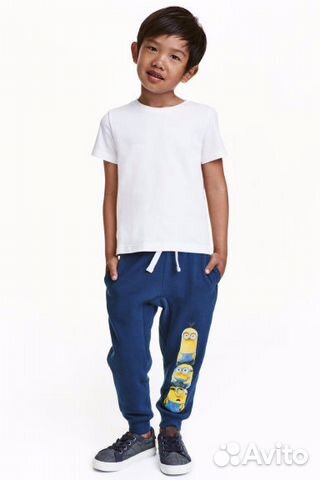
| US Size | Age | Height | Chest | Waist | Hip |
|---|---|---|---|---|---|
| 4/5 (XS) | 4 — 5 | 39 — 41-1/2 | 23 | 21 | 23 |
| 4/5 (XS) | 5 — 6 | 42 — 44-1/2 | 24 | 21-1/2 | 24 |
| 6/7 (S) | 6 — 7 | 45 — 47-1/2 | 25 | 22-1/2 | 25 |
| 6/7 (S) | 7 — 8 | 48 — 49-1/2 | 26 | 23-1/2 | 26 |
| 8 (M) | 8 — 9 | 50 — 52 | 26-1/2 | 24-1/2 | 27-1/2 |
| 10/12 (L) | 8 — 9 | 52-1/2 — 55-1/2 | 27 | 25-1/2 | 28-1/2 |
| 10/12 (L) | 9 — 10 | 56 — 58 | 28 | 26-1/2 | 30 |
| 14/16 (XL) | 10 — 11 | 58-1/2 — 60-1/2 | 29-1/2 | 27-1/2 | 31-1/2 |
| 14/16 (XL) | 11 — 12 | 61 — 64 | 31 | 29 | 33 |
| 18 (XXL) | 12 — 13 | 64-1/2 — 66-1/2 | 32-1/2 | 30 | 34 |
Boys Slim Sizes
| Size | Age | Height | Chest | Waist | Hip |
|---|---|---|---|---|---|
| 8 SLIM | 8 — 9 | 50 — 52 | 25-1/2 | 21-1/2 | 25-1/2 |
| 10 SLIM | 8 — 9 | 52-1/2 — 55-1/2 | 26-1/2 | 22-1/2 | 26-1/2 |
| 12 SLIM | 9 — 10 | 56 — 58 | 27 | 23-1/2 | 28-1/2 |
| 14 SLIM | 10 — 11 | 58-1/2 — 60-1/2 | 28-1/2 | 24-1/2 | 30-1/2 |
| 16 SLIM | 11 — 12 | 61 — 64 | 30 | 25-1/2 | 32 |
| 18 SLIM | 12 — 13 | 64-1/2 — 66-1/2 | 32-1/2 | 26-1/2 | 33 |
Boys Plus Sizes
| Size | US Size | Height | Chest | Waist | Hip |
|---|---|---|---|---|---|
| 8 Plus | 8H (M) | 49 — 51 | 30 | 29 | 30-1/2 |
| 10 Plus | 10/12H (L) | 51-1/2 — 54-1/2 | 30-1/2 | 30 | 31-1/2 |
| 12 Plus | 10/12H (L) | 55 — 57 | 31-1/2 | 31 | 33 |
| 14 Plus | 14/16H (XL) | 57-1/2 — 59-1/2 | 33 | 32 | 34-1/2 |
| 16 Plus | 14/16H (XL) | 60 — 63 | 34-1/2 | 33-1/2 | 36 |
| 18 Plus | 18H (XXL) | 63-1/2 — 65-1/2 | 36 | 34-1/2 | 37 |
Children’s Jeans & Pants Size Charts
To find well-fitting pants or jeans for your child, measure the fullest part of his hips, his natural waist (near the bellybutton), his inseam (situated along the inside leg; measured from the center of the crotch to the floor), and his height.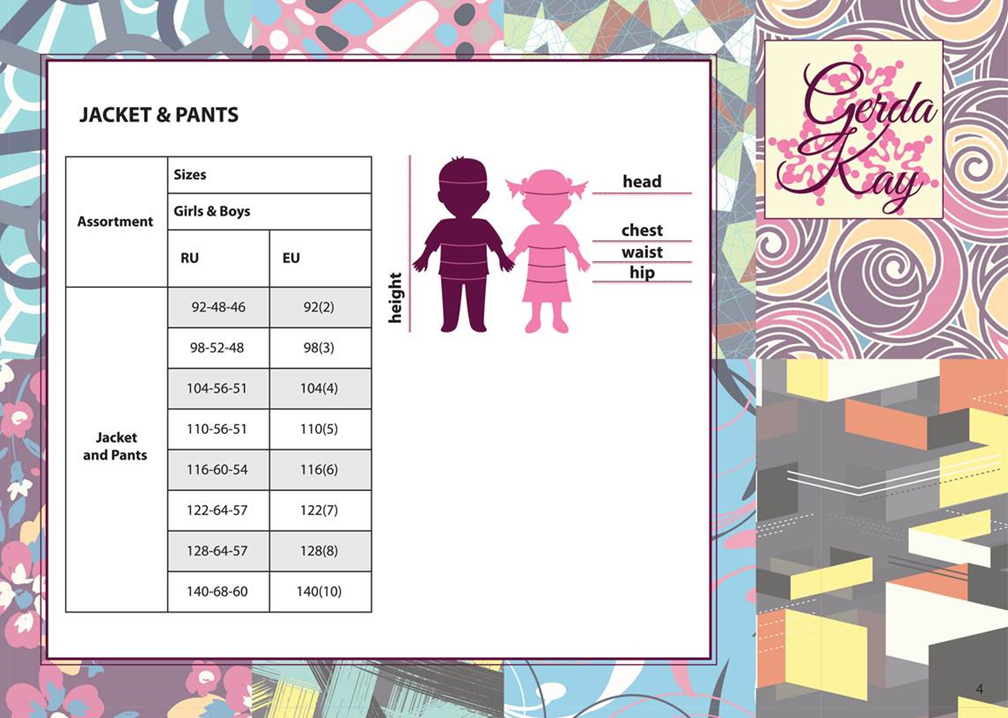
Boys Pants & Jeans Sizes (2-7 Years)
| US Size | US Alpha Size | Age | Weight (in lbs.) |
Length (Inches) |
|---|---|---|---|---|
| 2T | 2T | 2 Years | 24-29 | 33-35 |
| 3T | 3T | 3 Years | 29-33 | 35-38 |
| 4T | 4T | 4 Years | 33-37.5 | 39-41 |
| 4 | S(4) | 3-4 Years | 37.5-42 | 42-44 |
| 5 | M(5) | 4-5 Years | 42-46 | 45-47 |
| 6 | L(6) | 5-6 Years | 46-53 | 48-49 |
| 7 | XL(7) | 6-7 Years | 53-58 | 50-52 |
Girls Pants & Jeans Sizes (2-7 Years)
| US Size | US Alpha Size | Age | Weight (in lbs. 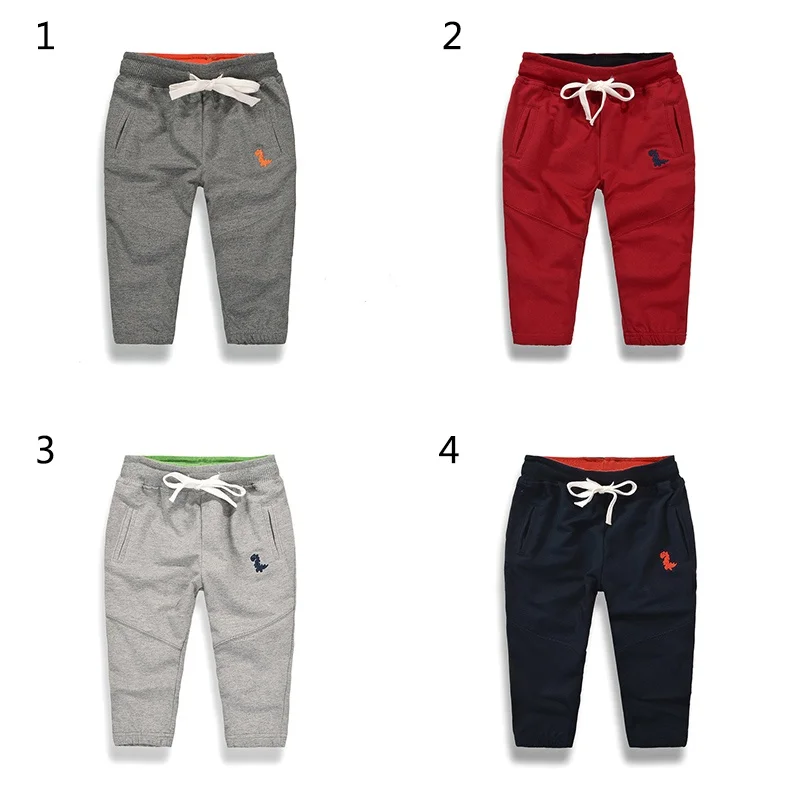 ) ) |
Length (Inches) |
|---|---|---|---|---|
| 2T | 2T | 2 Years | 24-29 | 33-35 |
| 3T | 3T | 3 Years | 29-33 | 35-38 |
| 4T | 4T | 4 Years | 33-37.5 | 39-41 |
| 4 | S(4) | 3-4 Years | 37.5-42 | 42-44 |
| 5 | M(5) | 4-5 Years | 42-46 | 45-47 |
| 6 | L(6) | 5-6 Years | 46-53 | 48-49 |
| 6x | XL(6x) | 6-7 Years | 53-58 | 50-52 |
Boys Jeans & Pants Sizes (7-14 Years)
| US Size | Age | Height (Inches) |
Chest (Inches) |
Waist (Inches) |
Hips (Inches) |
|---|---|---|---|---|---|
| S(8) | 7-8 Years | 50-53 | 27-28 | 23-24 | 28 |
| M(10-12) | 8-9 Years | 54-57 | 28.5-30 | 24-25 | 29 |
| M(10-12) | 10-11 Years | 58-60 | 30-31 | 25.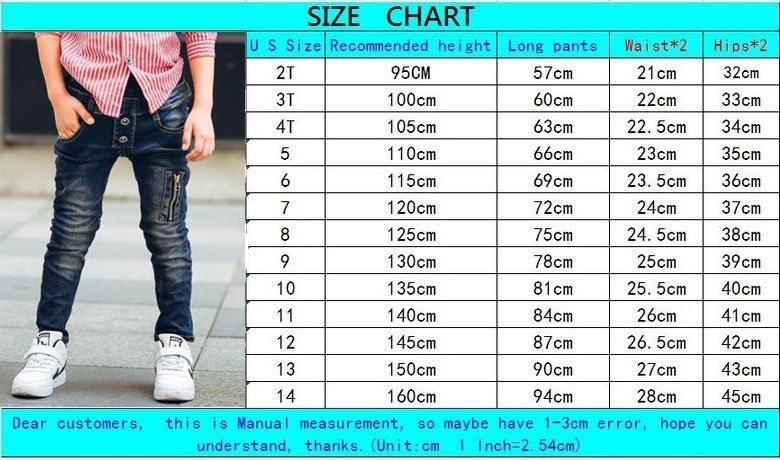 5-26.5 5-26.5 |
30 |
| L(14-16) | 11-12 Years | 61-63 | 31-32 | 26.5-28 | 31-32 |
| L(14-16) | 12-13 Years | 64-65 | 33-34 | 28-29 | 33-34 |
| XL(18-20) | 13-14 Years | 65-66 | 34-35 | 29-30 | 34-35 |
| XL(18-20) | 14+ Years | 66-67 | 35-36 | 30-31 | 35-36 |
Girls Jeans & Pants Sizes (7-14 Years)
| US Size | Age | Height (Inches) |
Bust (Inches) |
Waist (Inches) |
Hips (Inches) |
|---|---|---|---|---|---|
| S(7-8) | 6-7 Years | 51-52 | 26-27 | 22.5 | 28 |
| S(7-8) | 7-8 Years | 53-54 | 27-28.5 | 23.5 | 29 |
| M(10-12) | 8-9 Years | 55-56 | 28.5-29.5 | 24.5 | 30 |
| M(10-12) | 10-11 Years | 57-59 | 30-31 | 25.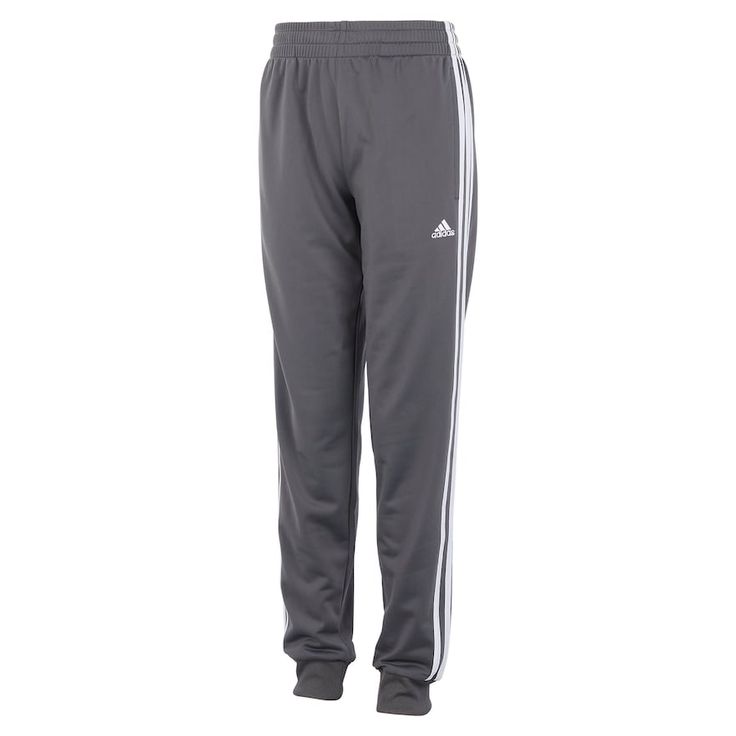 5 5 |
31-32 |
| L(14) | 11-12 Years | 60-62 | 31-32 | 26.5 | 33-34 |
| XL(16) | 12-13 Years | 63-64 | 33-34 | 27.5 | 35-36 |
Girls Skirt & Dress Size Charts
Dresses and skirts are form-fitting clothes that should feel comfortable to wear. To find a good fit, measure your daughter’s height, hips, waist, chest, and even the shoulder seams. Below you can find the 5-year Girl Dress Size easily.
Girls Skirt/Dress Sizes (2-7 Years)
| US Size | US Alpha Size | Age | Weight (in lbs.) |
Length (Inches) |
|---|---|---|---|---|
| 2T | 2T | 2 Years | 24-29 | 33-35 |
| 3T | 3T | 3 Years | 29-33 | 35-38 |
| 4T | 4T | 4 Years | 33-37.5 | 39-41 |
| 4 | S(4) | 3-4 Years | 37.5-42 | 42-44 |
| 5 | M(5) | 4-5 Years | 42-46 | 45-47 |
| 6 | L(6) | 5-6 Years | 46-53 | 48-49 |
| 6x | XL(6x) | 6-7 Years | 53-58 | 50-52 |
Girls Skirt/Dress Sizes (7-14 Years)
| US Size | Age | Height (Inches) |
Bust (Inches) |
Waist (Inches) |
Hips (Inches) |
|---|---|---|---|---|---|
| S(7-8) | 6-7 Years | 51-52 | 26-27 | 22.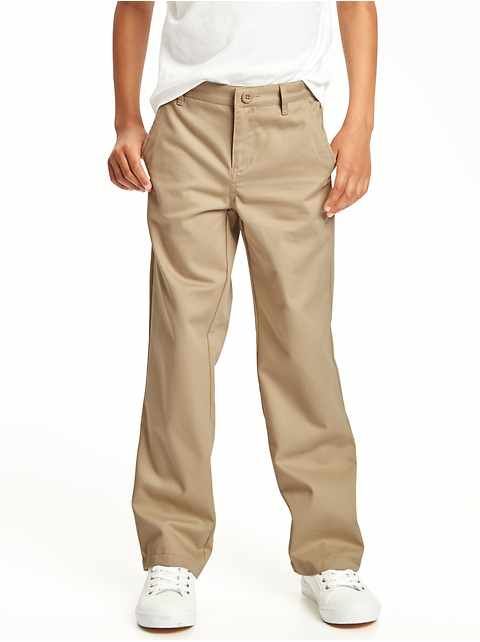 5 5 |
28 |
| S(7-8) | 7-8 Years | 53-54 | 27-28.5 | 23.5 | 29 |
| M(10-12) | 8-9 Years | 55-56 | 28.5-29.5 | 24.5 | 30 |
| M(10-12) | 10-11 Years | 57-59 | 30-31 | 25.5 | 31-32 |
| L(14) | 11-12 Years | 60-62 | 31-32 | 26.5 | 33-34 |
| XL(16) | 12-13 Years | 63-64 | 33-34 | 27.5 | 35-36 |
Youth Clothing Size Charts
| Size | US Size | Bust/Chest | Waist | Hip |
|---|---|---|---|---|
| S | 3 | 32-1/2 | 24-1/2 | 35 |
| S | 5 | 33-1/2 | 25-1/2 | 36 |
| M | 7 | 34-1/2 | 26-1/2 | 37 |
| M | 9 | 35-1/2 | 27-1/2 | 38 |
| L | 11 | 37 | 29 | 39-1/2 |
| L | 13 | 38-1/2 | 30-1/2 | 41 |
| XL | 15 | 40 | 32 | 42-1/2 |
| XL | 17 | 42 | 34 | 44-1/2 |
| XXL | 19 | 44 | 36 | 46-1/2 |
Teenager Plus Sizes
| Size | US Size | Bust/Chest | Waist | Hip |
|---|---|---|---|---|
| 1X | 17 | 42 | 34-1/2 | 44 |
| 2X | 19 | 44 | 36-1/2 | 46 |
| 2X | 21 | 46 | 38-1/2 | 48 |
| 3X | 23 | 48 | 40-1/2 | 50 |
| 3X | 25 | 50 | 42-1/2 | 52 |
Kids Clothing Size Conversion Chart
International clothing sizes have different measurements from each other.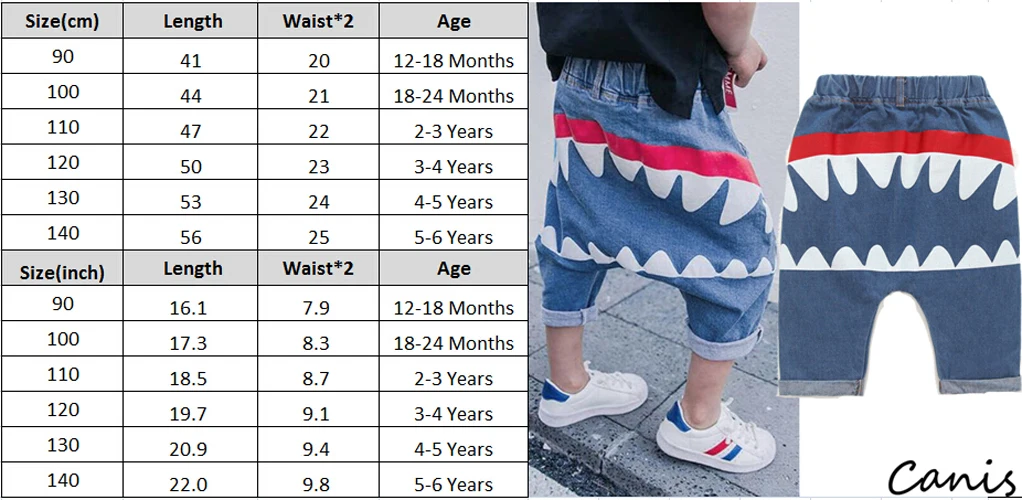
| US Size | Child Age | Height (Inch) | Height (CM) | EU Size | UK Size |
|---|---|---|---|---|---|
| 2T | 2 | 36–38 | 92–98 | 92–98 | 2–3 |
| 3T–4T | 3–4 | 38–41 | 98–104 | 98–104 | 3–4 |
| 5 | 4–5 | 41–43 | 104–110 | 104–110 | 4–5 |
| 6 | 5–6 | 43–46 | 110–116 | 110–116 | 5–6 |
| 6X–7 | 6–7 | 46–48 | 116–122 | 116–122 | 6–7 |
| 7–8 | 7–8 | 48–50 | 122–128 | 122–128 | 7–8 |
| 9–10 | 8–9 | 50–53 | 128–134 | 128–134 | 8–9 |
| 10 | 9–10 | 53–55 | 134–140 | 134–140 | 9–10 |
| 11 | 10–11 | 55–57 | 140–146 | 140–146 | 10–11 |
| 14 | 11–12 | 57–60 | 146–152 | 146–152 | 11–12 |
However, keep in mind that these size conversions are merely approximations as apparel companies tend to make clothes based on their own version of standard sizing.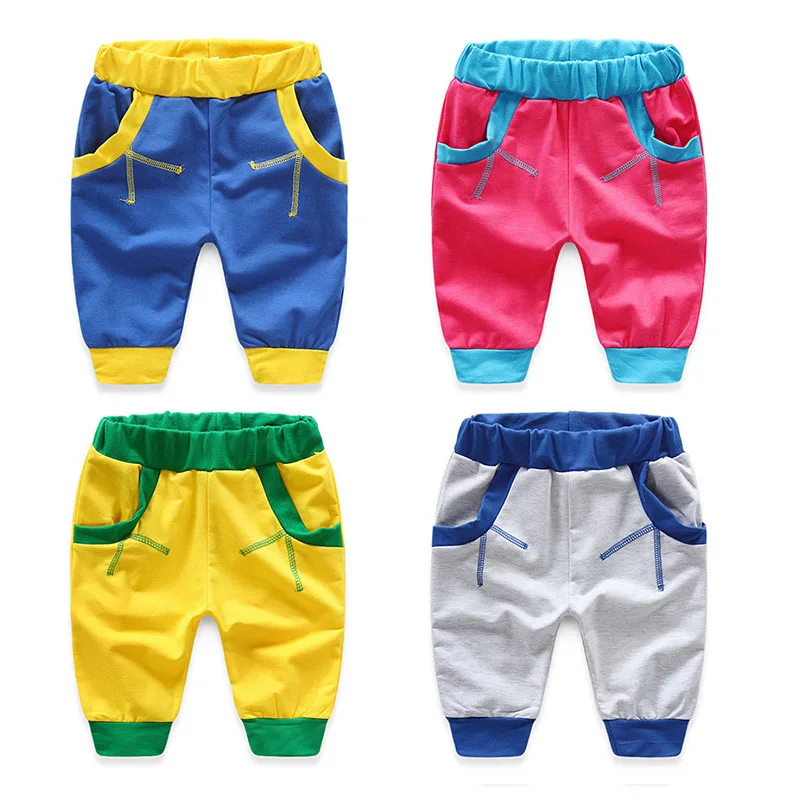
What is large in one brand may be converted as XL in another. A US size 2T may be theoretically the same as the European size 92-98 cm but in reality, it may be a bit bigger than the latter.
To get the most accurate conversion of clothing sizes, rely on sizing charts that contain specific body measurements. All you would need to do is to convert from one unit of measure (inches) to another (centimeters).
How to measure Kids Sizes
Clothing sizes vary and for children’s apparel, they are usually labeled according to the child’s age. However, when it comes to finding the right fit, it’s far better to take your child’s height and weight into consideration than just simply relying on age. The best way, of course, is to take accurate measurements of your kid’s body using a cloth measuring tape.
Children’s measurements should only be taken over their bare skin or while they are wearing skin-tight clothes. For tops and dresses, record your child’s chest, waist, and sometimes hip measurements.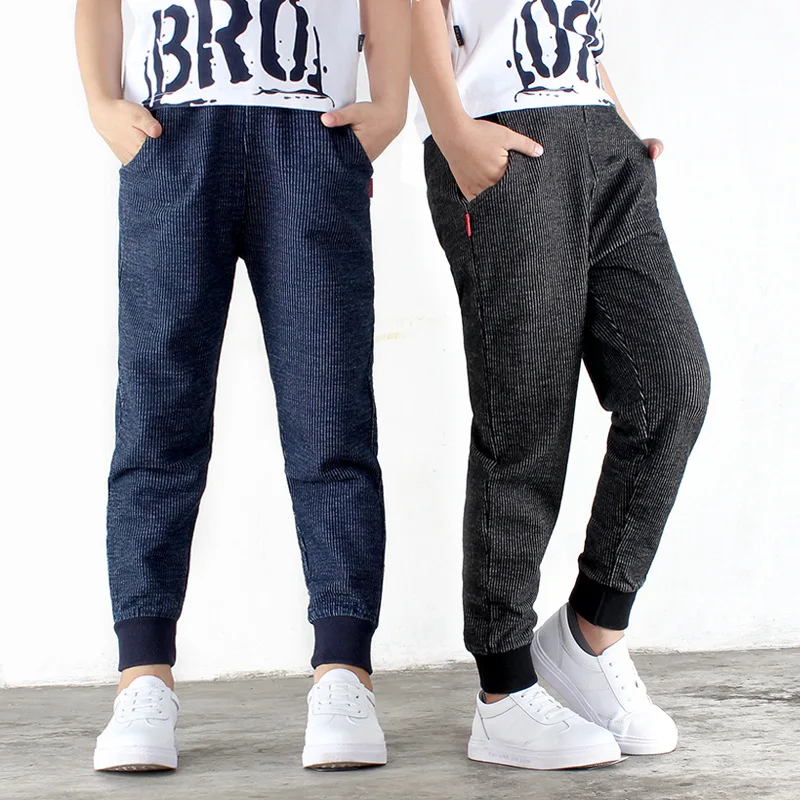
For bottoms like trousers and jeans, measure the waist, hips, and inseam. You may then refer to a size chart to know the corresponding clothing size to your child’s measurements. Clothing sizes found in generic charts can be a good reference but it’s best to rely on the size chart of specific brands or retailers that you patronize.
Is there such a thing as standard children clothing sizes?
Various countries have established their own standards when it comes to classifying clothing sizes. However, in the case of the United States, there is no hard-and-fast rule when it comes to standardizing and classifying clothing sizes in the ready-to-wear clothing industry. The U.S. government once tried to establish a system in 1958 and even made it a commercial standard, but it was eventually degraded to a voluntary standard until it was abolished altogether. Nowadays, clothing brands enjoy some degree of liberty in defining the measurement range of their clothing sizes though many also observe the voluntary standards recommended by private organization ASTM International.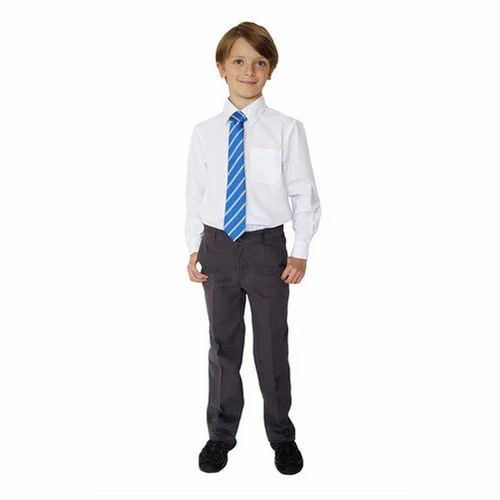
Can you rely on sizes?
The truth is size charts today are not universal and clothing sizes are inconsistent. As for whether you can still rely on clothing sizes, the answer is you can, but not as much as you may have hoped. If you already have specific clothing brands you are loyal to, then you can easily use their sizing charts as guides for buying clothes for your child. However, if you’re unfamiliar with a brand and relying on a generic size chart in selecting clothes for your kid, then you may find clothing sizes to be not as helpful. In the end, it’s better to have something to rely on even if it’s only reliable up to a certain extent than not to have any guide at all.
Boys and Menswear Sizing | dapperQ
Boys and Menswear Sizing | dapperQ | Queer Style
Answered Questions, Fit, News + Interviews, Style 101
by
Anita Dolce Vita
Many of our readers want to know what the tag sizes mean on “boys” and “menswear” clothing (in other words, size conversions.) This is a bit tricky to answer, because brands differ in their fit. The Art of Manliness fashion blog states, “Remember that every brand has a different set of models they use to design their clothing’s sizes, so a medium in one brand does not mean you’ll have the same fit in another.” Esquire Magazine’s article “Are Your Pants Lying to You: An Investigation” reveals the size disparities between popular brands. I’ve had personal experience with this when trying on clothing from various “womenswear” departments. I’m a size 4 in one brand and a size 6 in others.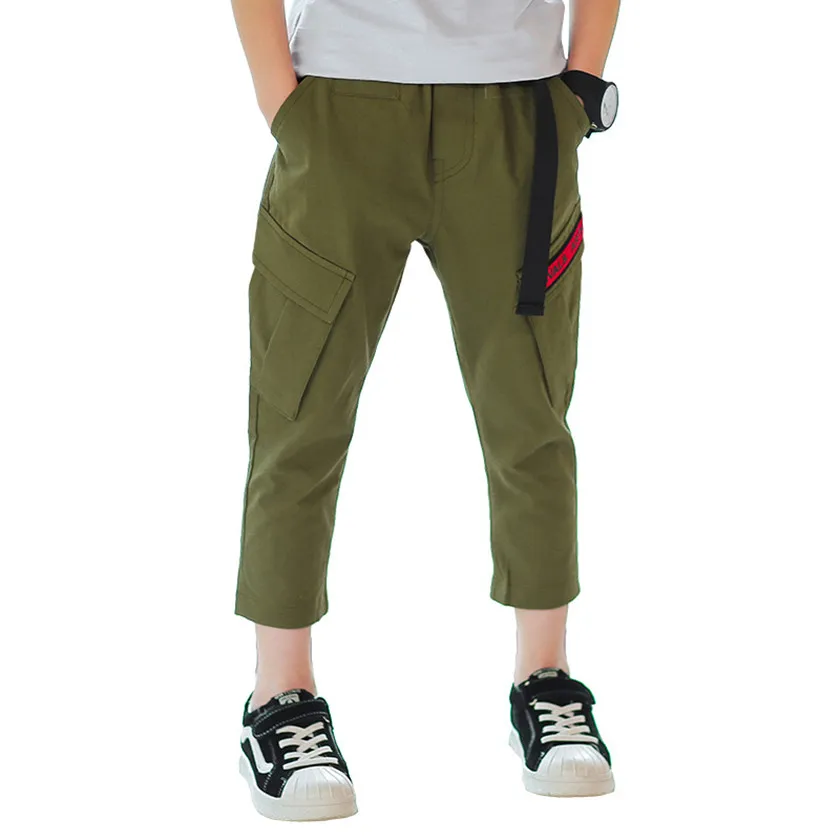
To give you a ballpark idea of standard boys and menswear sizes, I compiled information from size charts provided by some of the top selling menswear brands.
Menswear Tops (in inches)
*Click here for video instructions on how to measure for men’s shirts.
**Blazer and suit jacket sizes generally correspond with chest size
(i.e., if your chest measures 36, then your jacket size will be approximately 36.)
|
XS |
Small |
Medium |
Large |
XL |
XXL |
3XL |
4XL |
5XL |
|
|
Neckband |
13-13. |
14-14.5 |
15-15.5 |
16-16.5 |
17-17.5 |
18-18.5 |
19-19.5 |
20-20.5 |
21-21.5 |
|
Chest |
33-34 |
34-36 |
38-40 |
42-44 |
46-48 |
50-52 |
54-56 |
58-60 |
62-64 |
|
Arm |
31. |
32.5-33 |
33.5-34 |
34.5-35 |
35.5-36 |
36-36.5 |
36.5-37 |
37.5-38 |
38.5-39 |
Men’s Bottoms (in inches)
|
XS |
Small |
Medium |
Large |
XL |
XXL |
3XL |
4XL |
|
|
Waist |
27-28 |
29-31 |
32-34 |
36-38 |
40-42 |
44-48 |
50-52 |
53-56 |
|
Inseam |
29-30 |
30-31 |
31 |
32-33 |
33-34 |
33-34 |
33-34 |
33-34 |
Boys Dress Shirts (in inches – Brooks Brothers averages)
| Size |
XS (4-6) |
Small (8) |
Medium (10-12) |
Large (14-16) |
XL (18) |
XL (20) |
|
Height |
40. |
47-50 |
53-57 |
60-63 |
65.5 |
67.5 |
|
Waist |
21-22 |
23-24 |
24.5-25.5 |
26.5-27.5 |
28.5 |
29.5 |
|
Neck |
10.5-11.5 |
11.5-12 |
12-13 |
13-14 |
14 |
15 |
|
Chest |
22-24 |
26-27 |
29-31 |
33-35 |
36. |
38 |
|
Sleeve Length |
18.75-21.25 |
22.75-23.75 |
25.25-27.25 |
28.75-30.25 |
31.25 |
32.25 |
Boys Bottoms (in inches – Old Navy averages)
| Size |
XS (5) |
Small (6-7) |
Medium (8) |
Large (10-12) |
XL (14-16) |
XXL (18) |
|
Height |
42-45 |
45-51 |
51-54 |
54-60 |
60-65 |
65-67 |
|
Waist |
22. |
23-23.5 |
24 |
25-26 |
27-28 |
29 |
|
Inseam |
19.5 |
21-22.5 |
24 |
25.5-27 |
28.5-30 |
31 |
U.S. Shoe Size Conversions
(General rule of thumb: subtract two from the women’s size to get the men’s size;
add two to the boy’s size to get the women’s size.)
|
Men’s |
3 |
4 |
5 |
6 |
7 |
8 |
9 |
10 |
|
Women’s |
5 |
6 |
7 |
8 |
9 |
10 |
11 |
12 |
|
Boys |
7 |
8 |
9 |
10 |
11 |
12 |
13 |
– |
More Stories
size chart for girls and boys from 0 to 16 years old
There are about 15 measurements of clothes on the Russian market.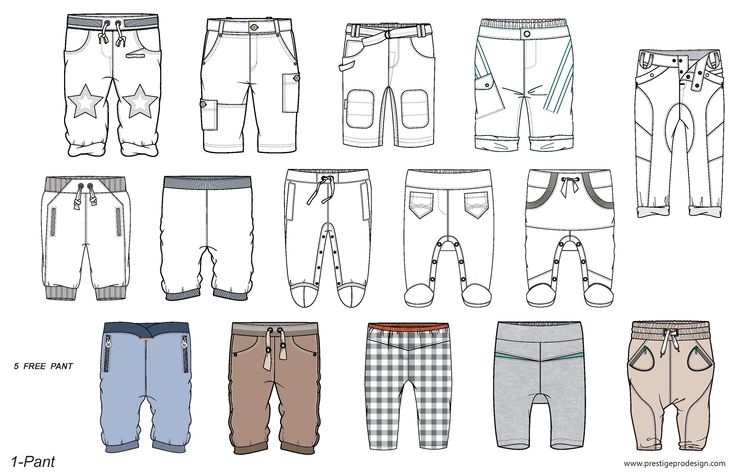
Rules for taking measurements from a child
A size chart for small children involves taking measurements. In some cases, the size of clothes for children is indicated in the form of body length and age. But this approach is not always suitable, as the baby may be too tall or vice versa. Then the easiest way is to take measurements according to the following instructions.
- Rost. The child should be asked to stand against the wall. He must not be wearing shoes. The highest point needs to be marked. It is important that the baby should stand tightly against the wall, without distortions.
- Volume. You need to measure your waist, chest and hips. It is done at the widest point and this data is recorded.
- Sleeve length. It is required to measure the sleeve with a small margin. Therefore, you need to find the distance from the extreme point of the shoulder to the first phalanx of the thumb.
The more correct the size is found, the better the garment will fit. But do not forget the accelerated growth of children. The baby can grow several centimeters very soon his clothes will become small. Therefore, it is important to consider this indicator.
To get the right size, you should follow a few rules:
- The size chart for newborn clothes shows the natural indicators of the child. But children grow up, and after 2 months it may not suit them. It is better to take things with a small margin for the future.
- Closer to the age of five, the child becomes picky about clothes and children’s sizes already need to be selected without a stock or with a minimum vacation.
Measurement is desirable to use a good tailor centimeter that does not stretch, does not give measurement errors
youtube.com/embed/EYdz8ZTlFgE?feature=oembed» frameborder=»0″ allow=»accelerometer; autoplay; encrypted-media; gyroscope; picture-in-picture» allowfullscreen=»»>
How to correctly determine the size of clothes
Boys and girls under 4 years old develop approximately the same. For this reason, the size chart for children’s clothing is the same. The data obtained must be recorded and when buying, compare them with the data on the tag. If the purchase takes place online, it is important to study the size chart that is attached to the product. Often the data is indicated in the form of a dimension, and by comparing the parameters of the child with the plate, you can get the required number.
An extended size is often used, which takes into account all the anthropometric data of the body.
This will require the following data to be collected:
- Chest. You need to find the protruding parts of the shoulder blades. This is the widest part of the sternum.
Elastic centimeters need to measure the girth.
- Hips. The fit of the pants depends on the shape of the buttocks. Therefore, according to the most protruding part, it is required to determine their width.
- Waist. It is determined by the narrowest part.
- Full height.
In some cases additional measurements are required. They are necessary if the child has an atypical height or is expected to wear clothes in a special way. In this case, you need to measure:
- Sleeve. The measurement is taken from the extreme bone of the shoulder to the beginning of the palm. If you need an allowance, an additional 3 centimeters is added.
- Inner leg length. Often used for workwear, as a sports uniform.
- External leg length.
The reason for the existence of special sizes was the average age, so for children with abnormal growth, you need to choose clothes according to these parameters.

Newborn Dimension Chart
Baby Size Chart by Age is a versatile way to choose clothes. Children under 1 year old have the same parameters, so only 2 parameters are needed:
- Age. This is a standard indicator, which is an average. The full age of the baby is taken into account.
- Rost. Sometimes, children grow faster or slower than their peers. Therefore, you need to determine the length of the baby’s body. You need to take measurements from the heels to the end of the neck.
The size of the sternum, abdomen and hips is not taken into account here, since all clothing for newborns comes with a small margin. In addition, it is safe, does not press down the neck and body.
Clothing sizes for newborns by months can be determined for any standard on the plate.
How to choose clothes for a girl
After 5 years, children begin to grow unevenly. Therefore, there is a difference in height between boys and girls.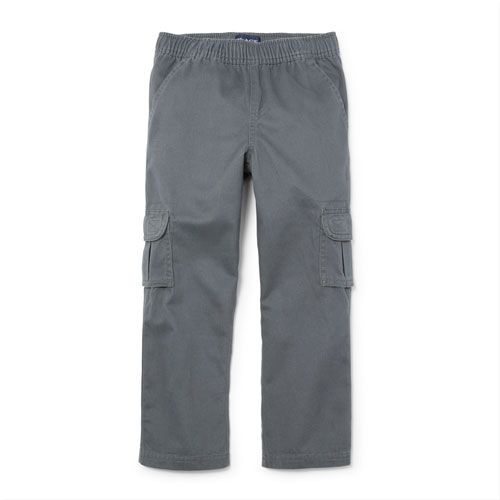
How to choose clothes for boys
When ordering outerwear from abroad, you will have to work with foreign sizes. Then you have to translate US children’s sizes into Russian. International standards, denoted by a letter, may also be used.
Children’s clothing sizes for boys can be found in the table below.
Children’s clothing size chart is suitable for finding outerwear such as t-shirts, sweatshirts and jackets.
Sizes of children’s underwear
Clothes for newborns are selected according to one indicator — age. For older children, belly and height measurements should be taken. By connecting them, you can determine the desired size according to the international or Russian standard.
The right size is easy to find. For this, the parameters of the hips and waist are taken.
With the onset of puberty, girls begin to grow breasts and when buying a bra, you need to take into account the volume of the sternum.
Cap and panama sizes
Head circumference is used to find the correct headgear size. To measure it, you need to use a centimeter.
Below is a monthly average table. Depending on the manufacturer, the information on the tag may vary. When choosing a headdress, size is not always needed. Often hats and baseball caps are made in several sizes at the same time.
It is important to take into account the fact that children need warm hats during the cold season. Due to the internal greenhouse effect, prickly heat can occur, which will lead to discomfort and even the appearance of seborrhea. It is better to buy hats one point more.
After a year, the head does not grow so fast, so bonnets, panamas and hats can be changed less often.
Gloves and mittens
You can determine the size by the circumference of the palm. You need to take a centimeter and draw a line in the middle, not taking into account the thumb. The resulting coverage must be attached to the table and find the size.
Shoes, socks and tights
Children’s clothing sizes in the section of shoes, socks and tights are as follows:
The ratio of the Russian Federation, China, USA and the European Union
The size range of children’s clothing varies by age, depending on the region. The problem is especially acute when ordering things from abroad.
Clothes from George, Next, H&M are designated by American and European standards, which differ in size and designation from Russian ones. When ordering from Aliexpress, you will have to translate Chinese clothing sizes into Russian standards.
To determine the required parameters, you will need a table of Russian sizes and their relationship with other standards.
US clothing sizes are indicated by numbers and letters for newborns. The desired parameter is calculated from the ratio of age and height. When buying in US malls, keep in mind that a number of sizes for children by age have the same values. In this case, anthropometric parameters are always indicated. When translating the grid from the US to Russian, it is better to take a half size larger.
When ordering from Aliexpress or Alibaba, you will need to convert the Chinese size. They are very similar to international ones and are designated L, S, M, XL. However, the parametric size chart for children’s clothing is different.
European clothing sizes can be easily translated into Russian according to the table. It should be noted that they have a similar classification in the form of numbers, but they do not match at all.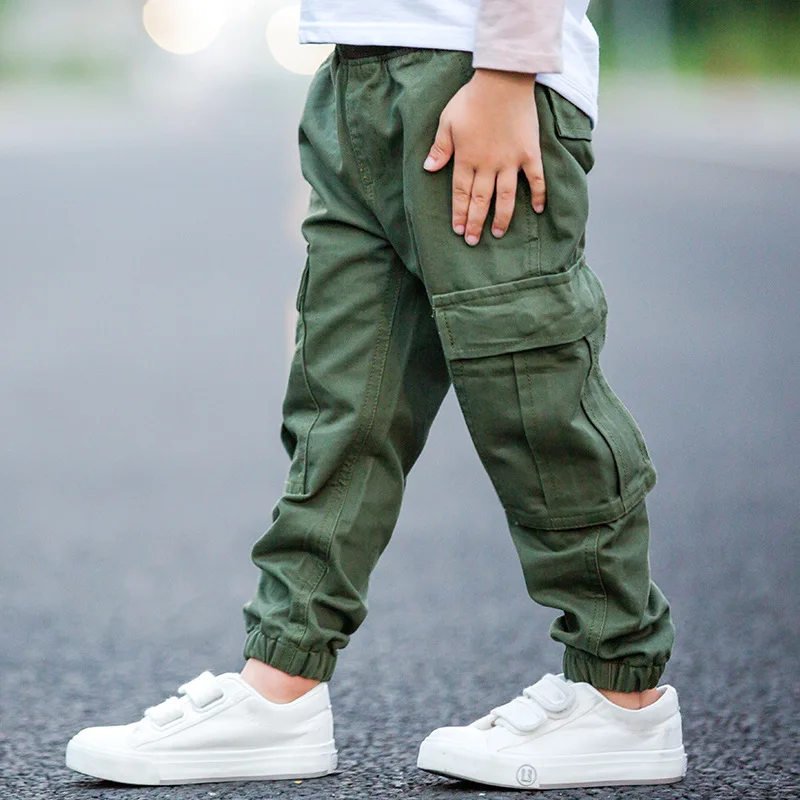
Above are the sizes for children aged 3 to 17. Using it, you can buy clothes from Europe.
It is important to note that the standard of England and America duplicates the age. This does not occur in the European classification. Therefore, when buying in foreign stores, the Internet or second-hand, you can rely only on this characteristic.
90,000 Size of clothing for boys
| Russia | Age (years) | RIGHT (SM) | Breast (SM) | Europe | ||
| 28/30 | 3 | 98 | 56 | 1 | 3 | 3T |
| 28/30 | 4 | 104 | 56 | 1 | 3 | 4T |
| 30 | 5 | 110 | 60 | 2 | 4 | 5-6 |
| 32 | 6 | 116 | 60 | 2 | 4 | 5-6 |
| 32/34 | 7 | 122 | 64 | 5 | 6 | 7 |
| 34 | 8 | 128 | 64 | 5 | 6 | 7 |
| 36 | 134 | 68 | 7 | 8 | S | |
| 38 | 140 | |||||
| 38/40 | 11 | 146 | 72 | 9 | 10 | S/M |
| 40 | 12 | 152 | 72 | 9 | 10 | M/ L |
| 40/42 | 13 | 156 | 72 | 9 | 12 | L |
| 40/42 | 14 | 158 | 76 | 9 | 12 | L |
| 40/42 | 15 | 164 | 84 | 11 | 12 | L |
| 42 | 16 | 170 | 84 | 12 | 14 | XL |
| 42 | 17 | 176 | 88 | 13 | 14 | XL |
How to determine the size of clothing
Boys less adhered to clothing than girls.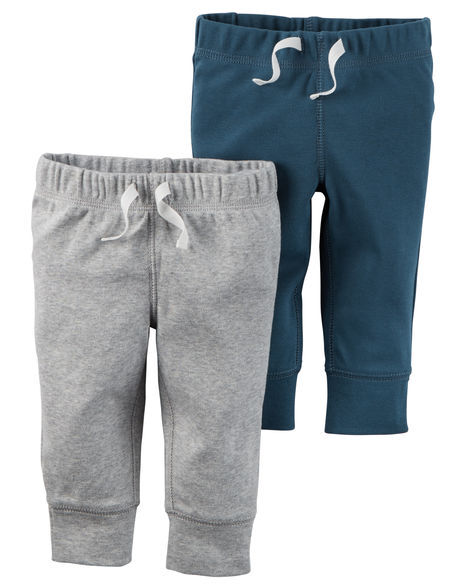
Bright colors are also in fashion for boys. Previously, they wore only restrained tones. In recent years, even teenagers will not refuse salad or yellow. Any thing should perfectly «sit», be comfortable, fit in size.
Parents of small children update their wardrobe themselves. Teenage boys love to order things they like online. Moms better control such purchases. To avoid sizing issues. If the son is completely independent, teach him to take measurements from himself and use size charts.
Basic measurements — height, age and chest. But we must also take into account the volume of the waist, hips, arm length. For example, buying trousers, shorts, outerwear require knowledge of these parameters.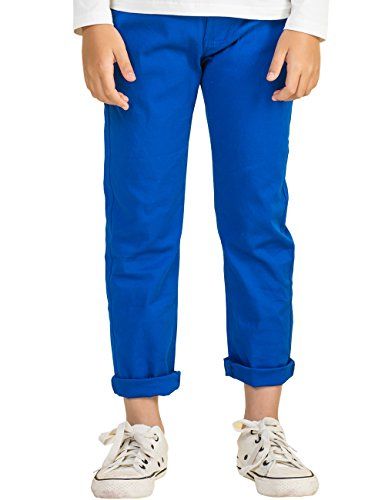
Rost. Mothers always know the height of their son. They are measured in clinics, schools. But, relying on an indicator with a statute of limitations is not necessary. Children are growing fast. Therefore, it is better to calculate growth before purchasing new clothes. The child should stand near the wall on the floor. With an even position of the body, in a relaxed state.
If your son is small, indulges and cannot stand still, turn the measurements into a game. Or, offer him a rewarding treat. And, he will gladly stand for a minute. With a pencil, mark on the wall the place where the back of the head ends. Then, measure the distance from the mark to the floor.
Bust. Boys’ chest is measured by passing a measuring tape under the armpits. If the son is active, you can carefully take measurements during his sleep.
Waist. Boys rarely wear clothes around the waist. But, when buying pants, you need this value.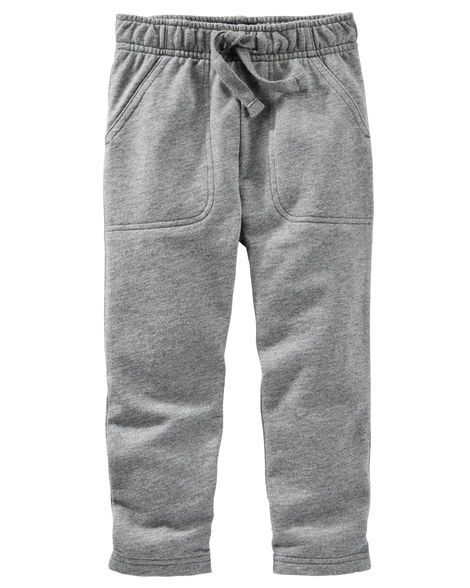
Hips. The hip line is the widest part of the body. Visually define a line a few centimeters below the abdomen. On the protruding points of the priests.
Sleeve length. Also rarely required, and this indicator is not in the table. But, parents need to be able to take such a measure. Keep your son upright. Ask to raise any arm and bend it at the elbow. Use a tape to measure a line from shoulder to wrist.
After setting the parameters, carefully look at the table. In addition to Russian standards, it includes markings of European, British and American companies. After establishing the Russian size, they can be recognized without difficulty.
Let’s say the son is 8 years old, height 126 cm, and chest circumference 63 cm. According to the diagram, his size is 34. If the company is a foreign manufacturer, look further, at the horizontal line.

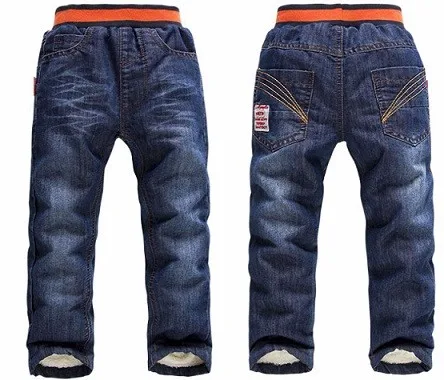 5
5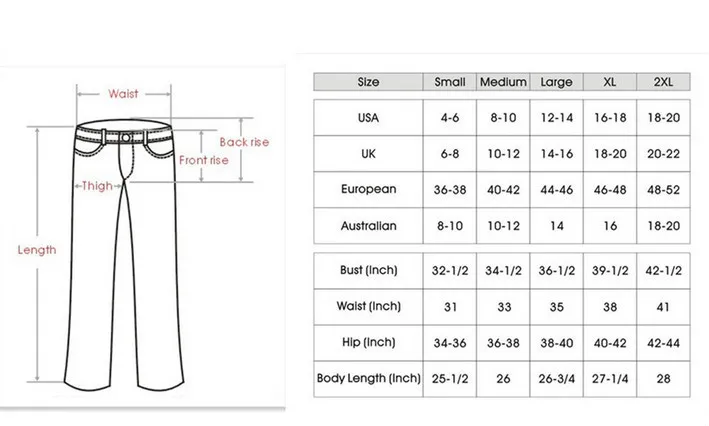 5-32
5-32 5-45.5
5-45.5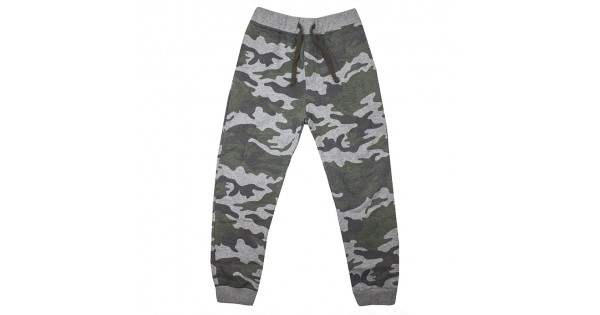 5
5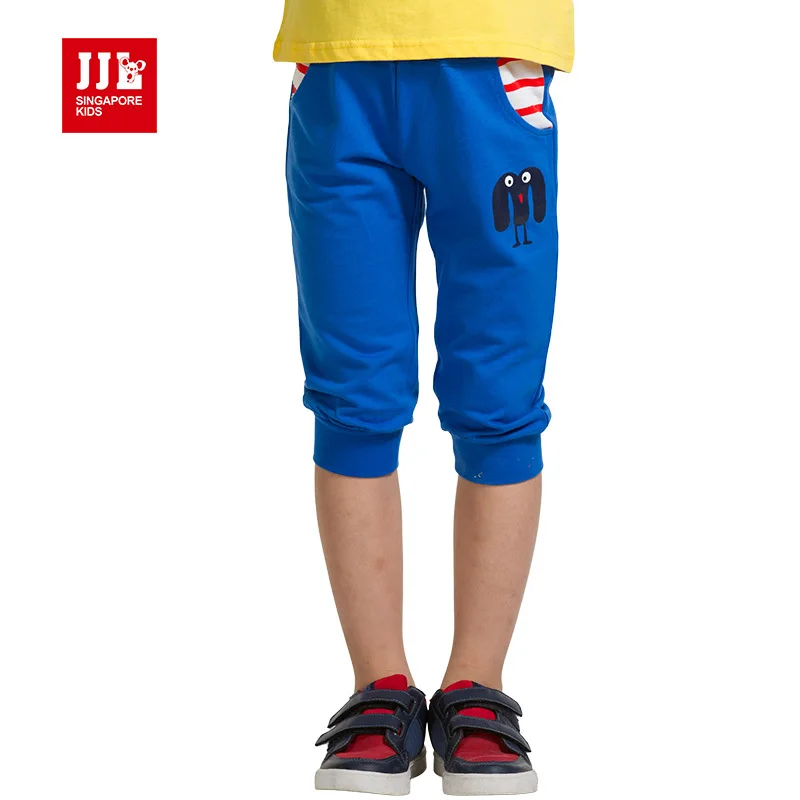 5
5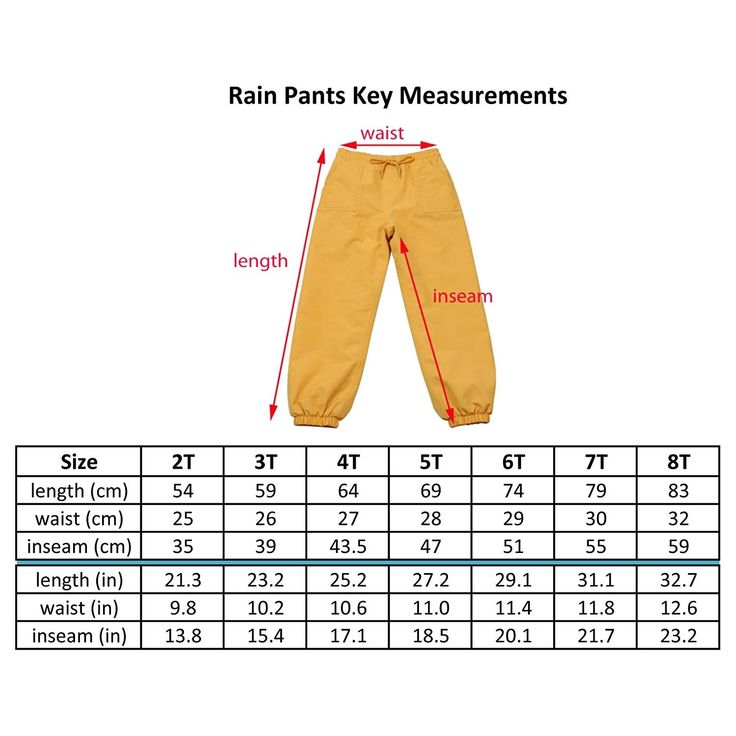
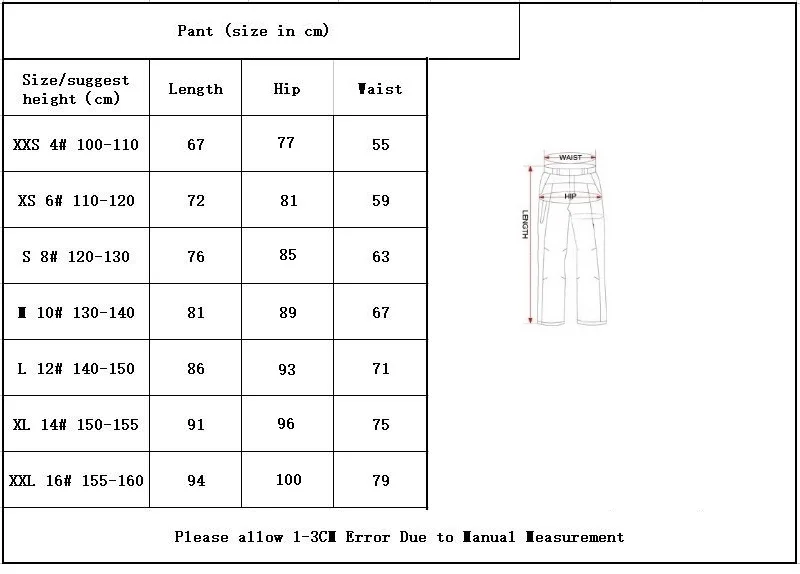 Elastic centimeters need to measure the girth.
Elastic centimeters need to measure the girth. 